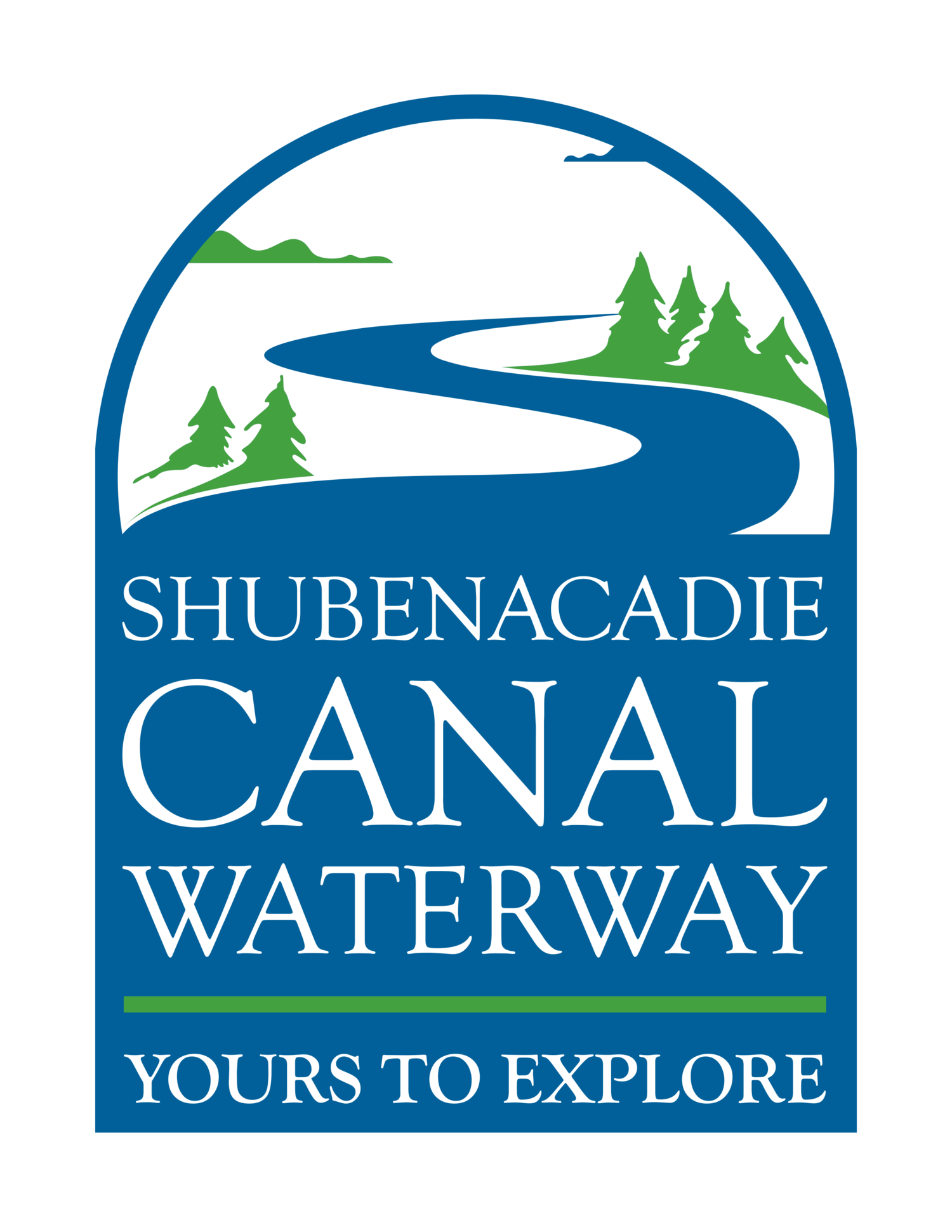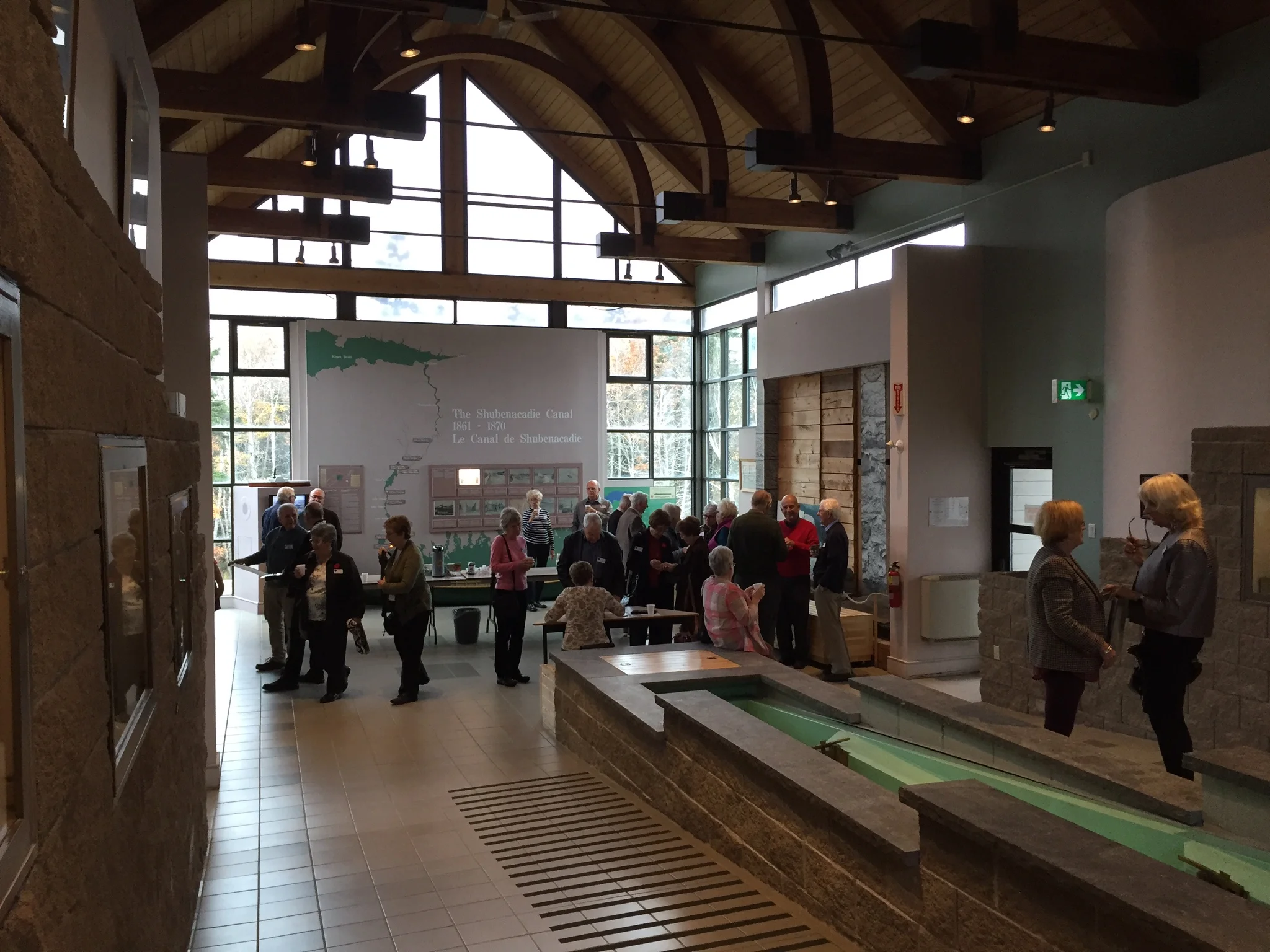There were three Lock Keepers on the Shubenacadie Canal and each was responsible for a section of the waterway. The first section, and the most active one, was from the Harbour to Porto Bello and the Lock Keeper was Henry Findlay. Henry was kept especially busy due to the complexities of the two Marine Railways located in his section. The first of these transported vessels between the Harbour and Sullivans Pond and the second one between the stream from Lake Charles and Lake William. Henry’s Log entry for August 28th, 1861 exemplifies these complexities. (The additions within the brackets are added for clarification.)
“Aug 28 (1861) – Passed Doull’s scow down PW (Locks 2 and 3 in Shubie Park). Then passed P. Laidlaw’s scow with 8,300 bricks through No. 1 (Lock 1 at the south end of Lake Banook) and down the Plane (Marine railway between Sullivans Pond and the Harbour), then passed Doull’s scow through No 1 and down the Plane with load of cordwood, then placed the Car (Marine Cradle) in position for Mitchell’s man to work at the wheels, then spent all of the afternoon in scraping and cleaning (the) clutch which is almost impossible to work.”
Based on the Canal records it appears that the Lock Keeper positions were full time during the spring, summer and fall but the other positions were part time. It is likely there was a small cadre of people who were hired on an as needed basis in accordance with the traffic on the Canal. From an examination of the Log it seems that it required at least two people to operate the Marine Railway but assistance would also be provided by the crew of the vessel being transported.
It will be very interesting to once again see all of the elements of the lower Canal Marine Rail system as the Greenway between Irishtown Rd and Sullivans Pond is developed. The first step was to uncover the below ground Turbine Chamber, the second will be to re-assemble the replica of the Cradle which was constructed by Sani Engineering in Burnside, and the third will be to reconstruct the Power House over the stone Turbine Chamber.




